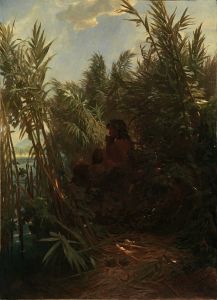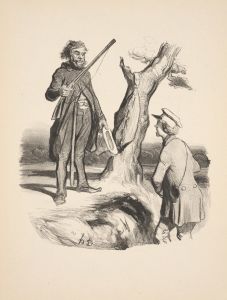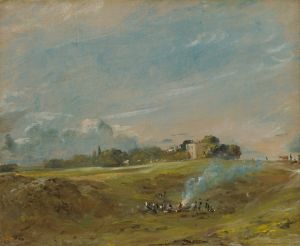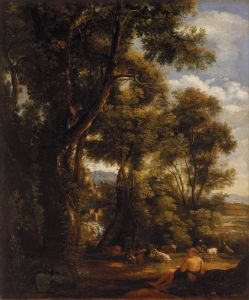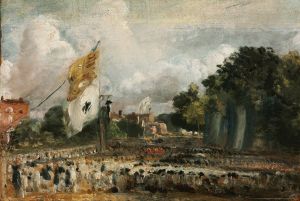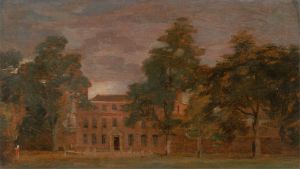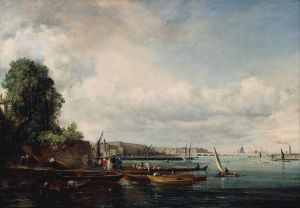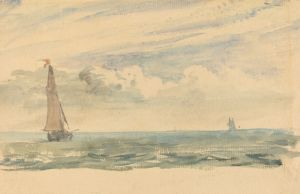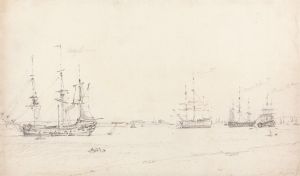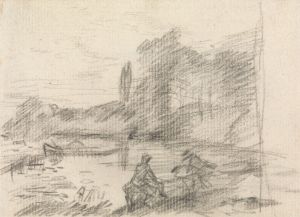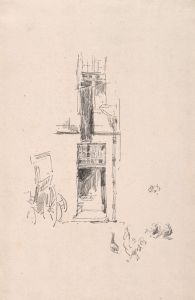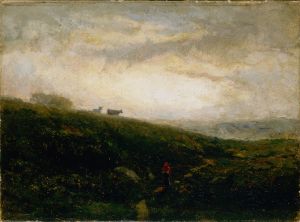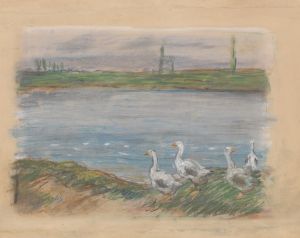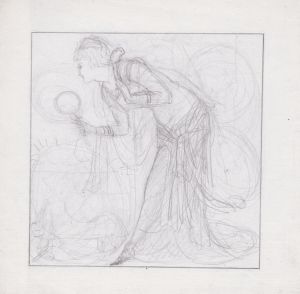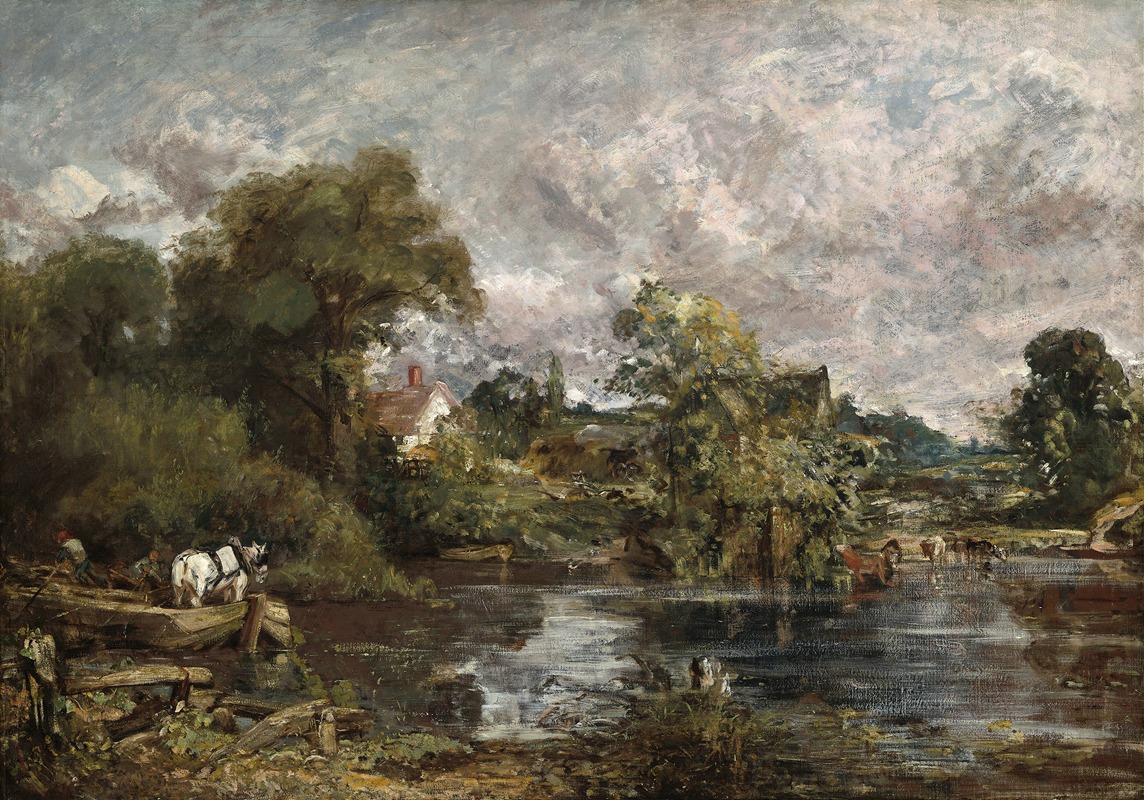
The White Horse
A hand-painted replica of John Constable’s masterpiece The White Horse, meticulously crafted by professional artists to capture the true essence of the original. Each piece is created with museum-quality canvas and rare mineral pigments, carefully painted by experienced artists with delicate brushstrokes and rich, layered colors to perfectly recreate the texture of the original artwork. Unlike machine-printed reproductions, this hand-painted version brings the painting to life, infused with the artist’s emotions and skill in every stroke. Whether for personal collection or home decoration, it instantly elevates the artistic atmosphere of any space.
"The White Horse" is an oil painting by the renowned English landscape artist John Constable, completed in 1819. This work is one of Constable's most celebrated paintings and is often regarded as a pivotal piece in his career, marking his transition to a more mature style that would define his later works. The painting is currently housed in the Frick Collection in New York City.
John Constable was born in 1776 in East Bergholt, Suffolk, and he is best known for his landscape paintings that depict the English countryside, particularly the area surrounding his home in Suffolk, known as "Constable Country." His works are characterized by their naturalistic style and the use of light and color to capture the changing moods of the landscape.
"The White Horse" is part of a series of large-scale works known as the "Six-Footers," which Constable created to establish his reputation as a major landscape artist. These paintings were intended for exhibition at the Royal Academy and were notable for their size and ambition. "The White Horse" was the first of these large canvases and was originally exhibited under the title "A Scene on the River Stour."
The painting depicts a rural scene along the River Stour, which forms the border between the counties of Suffolk and Essex. In the foreground, a white horse is being ferried across the river on a barge, accompanied by a group of men. The scene is set against a backdrop of lush greenery and expansive skies, typical of Constable's work. The composition is balanced, with the horse and barge forming the focal point, while the surrounding landscape provides a sense of depth and space.
Constable's technique in "The White Horse" demonstrates his innovative approach to capturing the natural world. He employed a method of painting directly from nature, using sketches and studies made outdoors to inform his larger studio works. This approach allowed him to convey the transient effects of light and weather with remarkable fidelity. The painting's vibrant colors and dynamic brushwork reflect Constable's dedication to portraying the landscape with authenticity and emotion.
"The White Horse" was well-received upon its exhibition at the Royal Academy in 1819, earning Constable a place as an Associate of the Royal Academy. The painting's success helped to establish his reputation and encouraged him to continue exploring the large-scale format in subsequent works. Despite its initial acclaim, Constable's work was not universally appreciated during his lifetime, as his naturalistic style contrasted with the more classical and idealized landscapes favored by many of his contemporaries.
Today, "The White Horse" is celebrated as a masterpiece of English landscape painting and is considered a key work in the development of the Romantic movement in art. Constable's influence can be seen in the works of later artists, both in England and abroad, who sought to capture the beauty and complexity of the natural world with similar passion and precision.





